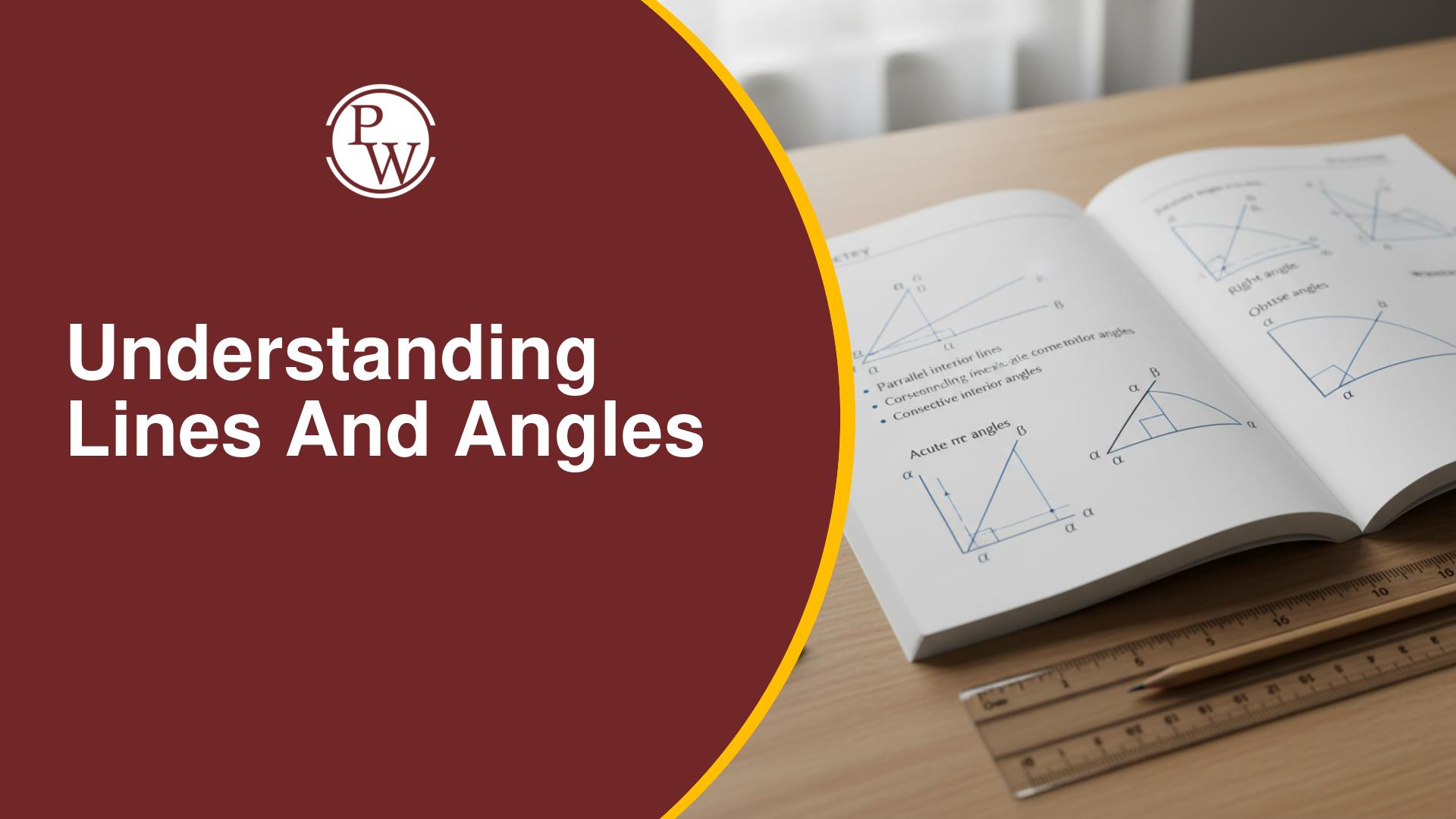
Circular velocity Formula is a fundamental concept in physics and astronomy, particularly in the context of celestial bodies orbiting one another. It represents the velocity at which an object must move to remain in a stable circular orbit around a massive central body, such as a planet orbiting a star or a moon orbiting a planet. This concept is essential for understanding the motion of objects in space and plays a crucial role in celestial mechanics.
Introduction Of Circular Velocity Formula
Before diving into the circular velocity formula, it's essential to establish some foundational concepts.- Gravity and Gravitational Constant (G) : Gravity is the force of attraction that exists between any two objects with mass. The strength of this force depends on the masses of the objects involved and the distance between them. The gravitational constant (G) is a fundamental constant in physics that helps us quantify the strength of gravity. Its value is approximately 6.67430 \times 10^{-11} m³ kg⁻¹ s⁻².
- Orbital Motion : Celestial bodies, such as planets, moons, and artificial satellites, move in orbits around more massive objects due to the gravitational pull. These orbits can take various shapes, including circular, elliptical, and parabolic.
Deriving the Circular Velocity Formula
Now, let's derive the circular velocity formula step by step. Step 1: Centripetal Force When an object is in a circular orbit, it is continually changing its direction because it is accelerating toward the central body (due to gravity). To maintain a stable orbit, there must be a force constantly pulling the object toward the center. This force is called the centripetal force. The centripetal force required to keep an object in circular motion can be calculated using the following formula: Where:
- F_c is the centripetal force.
- m is the mass of the orbiting object.
- v is the velocity of the orbiting object.
- r is the radius of the circular orbit.
Where:
- F_c is the centripetal force.
- m is the mass of the orbiting object.
- v is the velocity of the orbiting object.
- r is the radius of the circular orbit.
Also Check - Lagrange’s Mean Value Theorem Formula
Step 2: Gravitational Force The centripetal force required to maintain circular motion is provided by the gravitational force acting between the two objects (e.g., a planet and a satellite). This gravitational force is calculated using Newton's law of universal gravitation: Where:
- F_g is the gravitational force.
- G is the gravitational constant.
- M is the mass of the central body (e.g., a planet or a star).
- m is the mass of the orbiting object.
- r is the distance between the centers of the two objects.
Where:
- F_g is the gravitational force.
- G is the gravitational constant.
- M is the mass of the central body (e.g., a planet or a star).
- m is the mass of the orbiting object.
- r is the distance between the centers of the two objects.
Also Check - Line and Angles Formula
Step 3: Equating Centripetal and Gravitational Forces For a stable circular orbit, the centripetal force must be equal to the gravitational force. Therefore, we can set F_c = F_g and solve for the circular velocity (v).
Also Check - Integer Formula
Components of the Circular Velocity Formula
Now, let's break down the components of the circular velocity formula:- v: This is the circular velocity, the speed at which an object must move in a circular orbit to maintain that orbit. It is measured in meters per second (m/s).
- G: The gravitational constant (6.67430 \times 10^{-11} m³ kg⁻¹ s⁻²) is a fundamental constant that quantifies the strength of gravity. It's a universal constant and does not change.
- M: The mass of the central body, such as a planet, star, or any massive object around which an object is orbiting. It is measured in kilograms (kg).
- r: The radius of the circular orbit, which is the distance between the center of the orbiting object and the center of the central body. It is measured in meters (m).
Applications of the Circular Velocity Formula
The circular velocity formula has various practical applications:- Orbital Mechanics: It is essential for calculating the velocities of objects in stable circular orbits around central bodies. For example, it helps determine the orbital velocity of planets around the Sun or the velocity required for a satellite to orbit Earth.
- Space Exploration: When planning missions to other celestial bodies, scientists and engineers use the circular velocity formula to calculate the necessary launch velocity and trajectory for spacecraft.
- Astrophysics: The formula is used to understand the dynamics of galaxies, stars, and other celestial objects. It helps astronomers study the behavior of objects in space and make predictions about their orbits.
- Satellite Communication: Engineers use the formula to determine the orbital parameters for communication satellites. Understanding the required orbital velocity ensures that satellites stay in their designated positions to provide stable communication services.
Examples of Circular Velocity Calculation
To illustrate how the circular velocity formula is applied, let's consider a couple of examples: Example 1: Earth's Orbit Let's calculate the circular velocity required for an object to stay in a stable circular orbit around Earth. The mass of Earth (M) is approximately 5.972 \times 10^{24} kg, and the radius of Earth (r) is about 6,371,000 meters (6,371 kilometers). Using the circular velocity formula: Calculating this, we find that the circular velocity for an object in low Earth orbit is approximately 7,905.1 m/s or about 7.9 kilometers per second. This is the speed required for an object to stay in a stable orbit around Earth at that altitude
Example 2: Moon's Orbit
Now, let's calculate the circular velocity required for the Moon to remain in its stable orbit around Earth. The mass of the Moon (M) is approximately 7.342 \times 10^{22} kg, and its average orbital radius (r) is about 384,400,000 meters (384,400 kilometers).
Using the circular velocity formula:
Calculating this, we find that the circular velocity for an object in low Earth orbit is approximately 7,905.1 m/s or about 7.9 kilometers per second. This is the speed required for an object to stay in a stable orbit around Earth at that altitude
Example 2: Moon's Orbit
Now, let's calculate the circular velocity required for the Moon to remain in its stable orbit around Earth. The mass of the Moon (M) is approximately 7.342 \times 10^{22} kg, and its average orbital radius (r) is about 384,400,000 meters (384,400 kilometers).
Using the circular velocity formula:
 Calculating this, we find that the circular velocity required for the Moon to stay in its orbit around Earth is approximately 1,022.0 m/s or about 1.02 kilometers per second.
In summary, the circular velocity formula is a fundamental tool in physics and astronomy that allows us to calculate the velocity required for an object to remain in a stable circular orbit around a massive central body. It is derived by equating the centripetal force necessary for circular motion with the gravitational force between the two objects.
The formula consists of four main components: circular velocity (v), the gravitational constant (G), the mass of the central body (M), and the radius of the circular orbit (r). It finds applications in various fields, including orbital mechanics, space exploration, astrophysics, and satellite communication.
Through examples, we demonstrated how the circular velocity formula can be applied to calculate the orbital velocities of objects in specific scenarios, such as Earth's orbit and the Moon's orbit. Understanding this formula is crucial for designing spacecraft trajectories, planning missions, and gaining insights into the dynamics of celestial objects in our universe.
Calculating this, we find that the circular velocity required for the Moon to stay in its orbit around Earth is approximately 1,022.0 m/s or about 1.02 kilometers per second.
In summary, the circular velocity formula is a fundamental tool in physics and astronomy that allows us to calculate the velocity required for an object to remain in a stable circular orbit around a massive central body. It is derived by equating the centripetal force necessary for circular motion with the gravitational force between the two objects.
The formula consists of four main components: circular velocity (v), the gravitational constant (G), the mass of the central body (M), and the radius of the circular orbit (r). It finds applications in various fields, including orbital mechanics, space exploration, astrophysics, and satellite communication.
Through examples, we demonstrated how the circular velocity formula can be applied to calculate the orbital velocities of objects in specific scenarios, such as Earth's orbit and the Moon's orbit. Understanding this formula is crucial for designing spacecraft trajectories, planning missions, and gaining insights into the dynamics of celestial objects in our universe.
Circular Velocity Formula FAQs
What is circular velocity, and why is it important?
Circular velocity is the speed needed for an object to stay in a stable circular orbit around a massive central body, like a planet or star. It's vital in celestial mechanics for understanding orbital motion.
How is the circular velocity formula derived?
The formula is derived by equating the centripetal force required for circular motion with the gravitational force between the orbiting object and the central body.
What are the key components of the circular velocity formula?
The formula has four components: circular velocity (v), gravitational constant (G), mass of the central body (M), and radius of the orbit (r).
What are real-world applications of the circular velocity formula?
It's used in space missions for launch calculations, satellite orbits, astronomy to study celestial motions, and in astrophysics for understanding the dynamics of celestial objects.
🔥 Trending Blogs
Talk to a counsellorHave doubts? Our support team will be happy to assist you!

Check out these Related Articles
Free Learning Resources
PW Books
Notes (Class 10-12)
PW Study Materials
Notes (Class 6-9)
Ncert Solutions
Govt Exams
Class 6th to 12th Online Courses
Govt Job Exams Courses
UPSC Coaching
Defence Exam Coaching
Gate Exam Coaching
Other Exams
Know about Physics Wallah
Physics Wallah is an Indian edtech platform that provides accessible & comprehensive learning experiences to students from Class 6th to postgraduate level. We also provide extensive NCERT solutions, sample paper, NEET, JEE Mains, BITSAT previous year papers & more such resources to students. Physics Wallah also caters to over 3.5 million registered students and over 78 lakh+ Youtube subscribers with 4.8 rating on its app.
We Stand Out because
We provide students with intensive courses with India’s qualified & experienced faculties & mentors. PW strives to make the learning experience comprehensive and accessible for students of all sections of society. We believe in empowering every single student who couldn't dream of a good career in engineering and medical field earlier.
Our Key Focus Areas
Physics Wallah's main focus is to make the learning experience as economical as possible for all students. With our affordable courses like Lakshya, Udaan and Arjuna and many others, we have been able to provide a platform for lakhs of aspirants. From providing Chemistry, Maths, Physics formula to giving e-books of eminent authors like RD Sharma, RS Aggarwal and Lakhmir Singh, PW focuses on every single student's need for preparation.
What Makes Us Different
Physics Wallah strives to develop a comprehensive pedagogical structure for students, where they get a state-of-the-art learning experience with study material and resources. Apart from catering students preparing for JEE Mains and NEET, PW also provides study material for each state board like Uttar Pradesh, Bihar, and others
Copyright © 2025 Physicswallah Limited All rights reserved.
Get App









